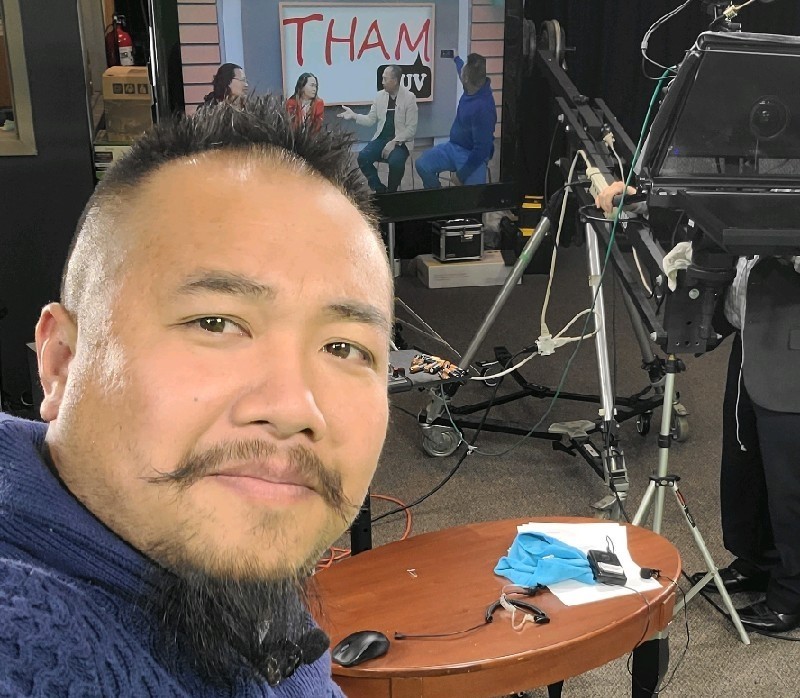
Research coordinator on a mission to help improve equity in his lab’s investigations
Early in his career, Yeng Moua, MS, noticed some issues with electronic medical charting, especially when working with populations who don’t speak English very well. “There were challenges with how we got people like my parents and grandparents into MyChart without creating security issues,” he said. “That’s what sparked my interest in security technology and developing ways to get around these issues with access to health.”
Thanks to that inspiration, Moua earned his MS in Security Technology from the U of M. He also holds a BS in kinesiology from the U.
Moua then took a logical leap from security technology into clinical research. He is now research coordinator for the Robert McGovern Lab in the Neurosurgery Department. In his new role, Moua organizes, enrolls, and schedules consenting subjects into the lab’s studies. He is currently helping with 12 projects.
Providing better insight

Moua (pictured here) keeps his eye on an important goal. “Clinical research is the foundation for medical development,” he said. “The research I looked at showed me there is a lack of participation from underrepresented populations, which can have severe consequences on outcomes. We are striving to include populations from varying backgrounds to provide better insight into our medical discoveries.”
Overall, the McGovern Lab research team is interested in learning more about those who have neurological disorders such as Parkinson’s disease or epilepsy. “Each of our studies is trying to discover how effective some surgeries are or how certain medications may be affecting the subject’s ability to move,” said Moua. “If you’re on a medication and then go off it, for instance, how does it impact your balance and gait or your potential for falling?”
Understanding movement
In one of the projects, the team puts sensors on the bodies of Parkinson’s patients to record how they walk. “We annotate and analyze the data that’s gathered to help us understand how those with Parkinson’s disease move differently than healthy adults in the same age range,” explained Moua.
In his role, Moua contacts certain study participants prior to having surgery and follows up with them on a regular cadence for up to two years. “The follow ups are to see how they’re doing and if any adjustments are needed to any device or technology they are currently using,” he said.
Communication is key
Communication is a key part of Moua’s work. “I communicate with the neurosurgeons, medical device companies, and monitoring groups, such as the Institutional Review Board, to make sure we’re compliant with the University’s research standards, research standards in general, and with HIPAA [Health Insurance Portability and Accountability Act] standards,” said Moua. “I also work closely with community organizations to improve our ability to recruit from different populations.”
Although he enjoys his work and the impact it can have on people’s quality of life, Moua recognizes there are challenges. “One of our biggest obstacles over the past two years has been the COVID-19 pandemic,” he said. “There are also ongoing issues with the level of trust shown by certain communities for this type of work. We’re trying to get better at how we reach out to them and gain and sustain their trust. We know we have a problem and it’s challenging to get the numbers we need to generate data that accurately represents our communities’ populations.”
In his spare time, Yeng enjoys filming his outdoor adventures from hunting and fishing treks to creating meals out of his harvests.



